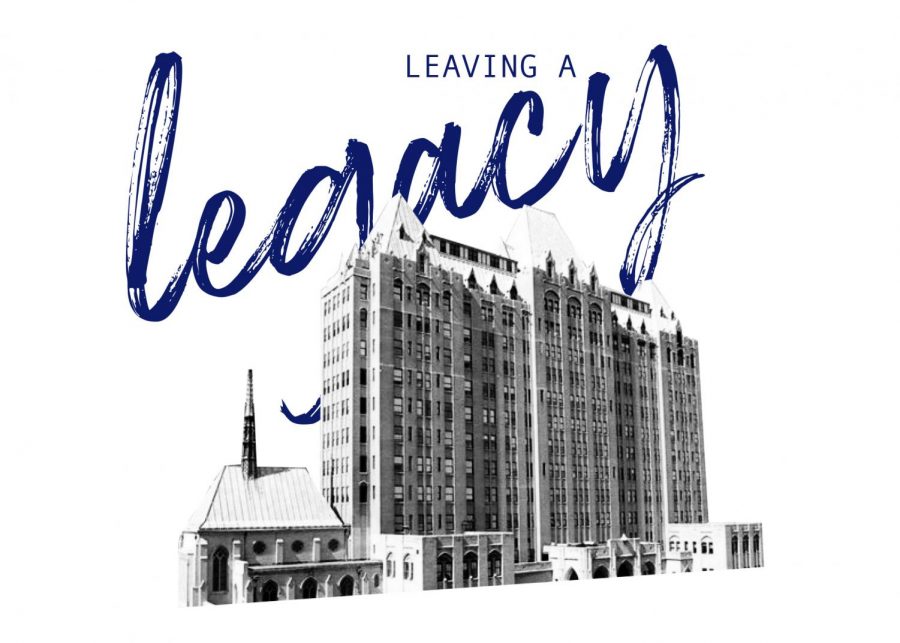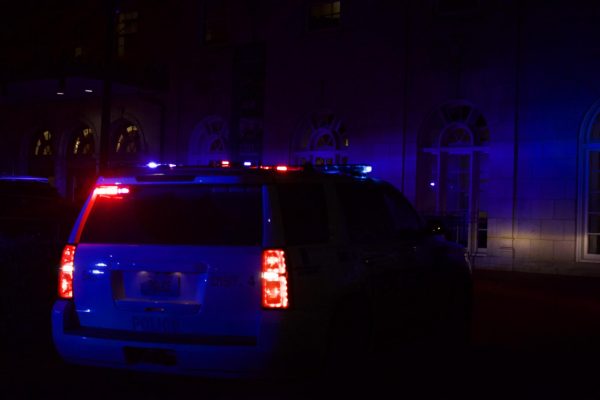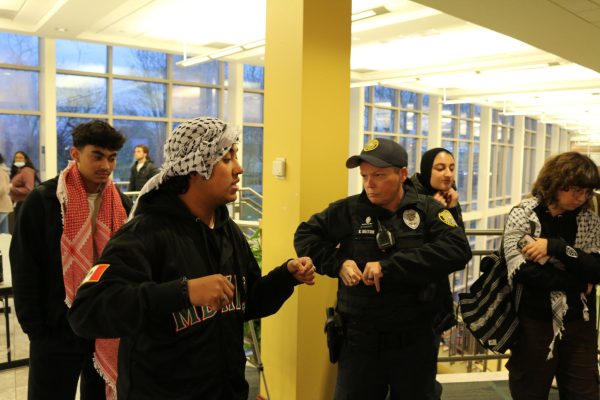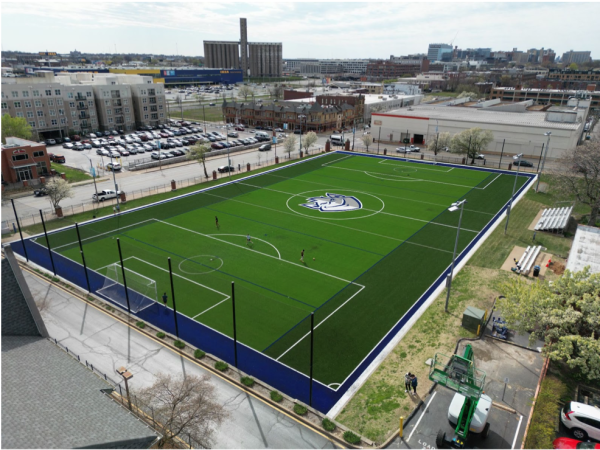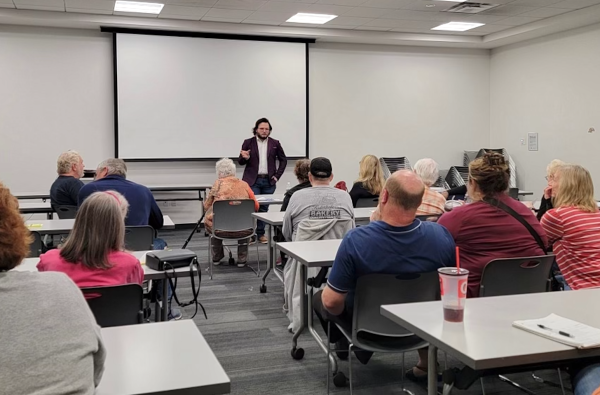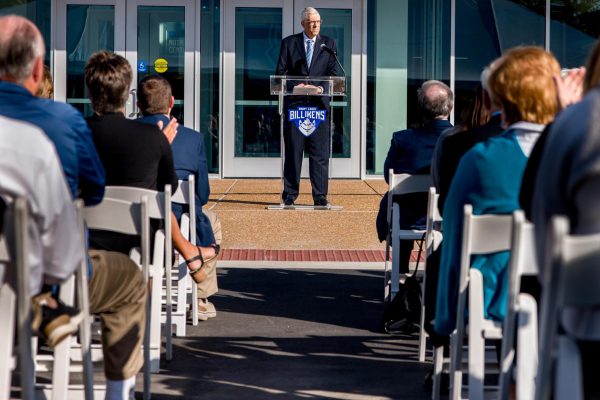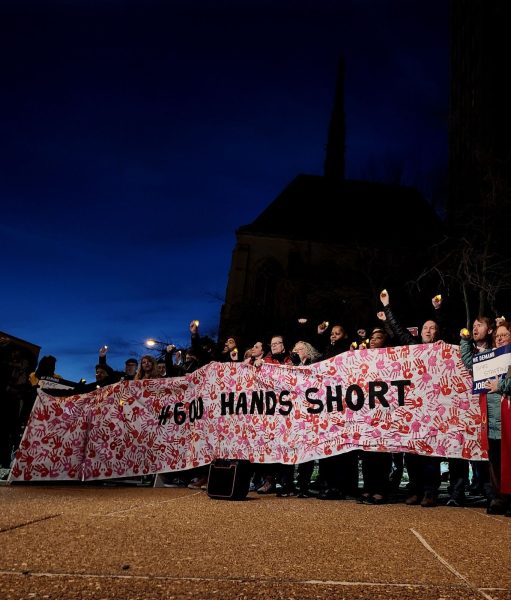Remembering Our History: SLU’s Service During World War II
During March of 1940, the United States Surgeon General Thomas Parren Jr. sent letters out to medical schools across the country in an effort to look for potential sponsors for a general hospital. The Rev. Alphonse Schwitalla S.J., dean of SLU’s School of Medicine at the time, answered the call for help and began to assemble a crew of medical directors for what would be known as the 70th General Hospital.
The hospital did not actually begin serving soldiers until after the United States entered the war on Dec. 7th, 1941. Deployment for the hospital began in Algeria in North Africa from September 1943 until November of 1944 and then was moved to Italy in December of 1944 until its formal deactivation on Oct. 25, 1945. “This whole notion of a sponsorship, I don’t think we had ever done it before,” John Waide, Archivist Emeritus and Outreach Coordinator for Pius XII Library, said of the new role SLU’s School of Medicine had found itself in.
SLU’s School of Medicine assembled a capable crew to direct and serve the hospital, with one of their most notable members being the Rev.Harry B. Crimmins S.J., 25th President of SLU, who stepped down from his position as president in order to serve as a chaplain, or religious leader, for the unit, preceding Schwitalla. He initiated the promotion of and worked closely alongside Dr. Curtis H. Lohr, who was a former superintendent of the St Louis County Hospital and became the Director of the 70th General Hospital and Chief of Medical Service on March 26,1942, preceding Dr. Goronwy O. Broun, Sr, and Dr. Frank J. Tainter.
“The school was responsible for providing the medical staff. They didn’t have every doctor [and] nurse, but they were responsible for the leadership and for the primary physicians and nurses at the hospital,” said Waide when reflecting on the what the sponsorship of the hospital by SLU provided to it. Not necessarily every nurse and/or physician that SLU’s School of Medicine appointed to the hospital were from SLU, but many were from the greater St. Louis community.
Robert “Bob” Doyle, republican senator from Kansas who ran against Bill Clinton for presidency in 1996, was cared for by the 70th General Hospital in Italy after facing an arm injury during the war. Dr. Sam Morrenda, a 1939 graduate of SLU School of Medicine, was a doctor at the 70th General Hospital and treated Doyle. On West Pine Boulevard of that year, Doyle held a campaign rally and met with Morrenda again with the help of Waide. “Dr. Morrenda told me later [that] Doyle was very appreciative of the care that he received at the hospital,” said Waide.
Daniel Ken Inouye, a senator from Hawaii, was injured during the war, resulting in an amputated right arm and was also treated by the 70th General Hospital. Inouye sent a letter to one of the reunions of the 70th General Hospital, thanking them for their care.
After the deactivation of the 70th General Hospital on Oct. 25, 1945, Crimmins remained in Europe briefly while other members of the hospital returned home. Crimmins stayed in the army and was a confessor and chaplain to several German officers who were on trial for war crimes at the time, most notably General Anton Dostler, who was the Commander of the 75th German Army Corps. In 1946, Crimmins left the Army and returned home. “Morrenda said something about Crimmins being so important to the men and women in the unit because he [was] such a source of hope and inspiration,” commented Waide on the legacy and contribution of Crimmins to the 70th General Hospital.
Although the 70th General Hospital isn’t often mentioned when learning about the history of SLU and its School of Medicine, it impacted the lives of those who served in the U.S. Army during World War II. The legacy of the men and women who served at the 70th General Hospital will be remembered with gratitude.
Your donation will support the student journalists of Saint Louis University. Your contribution will help us cover our annual website hosting costs.


